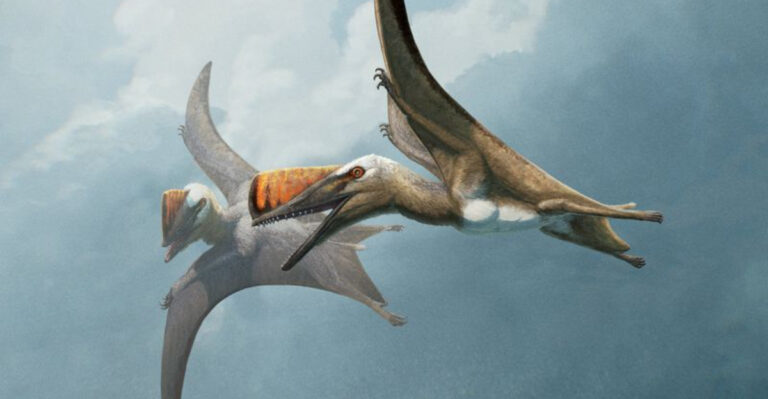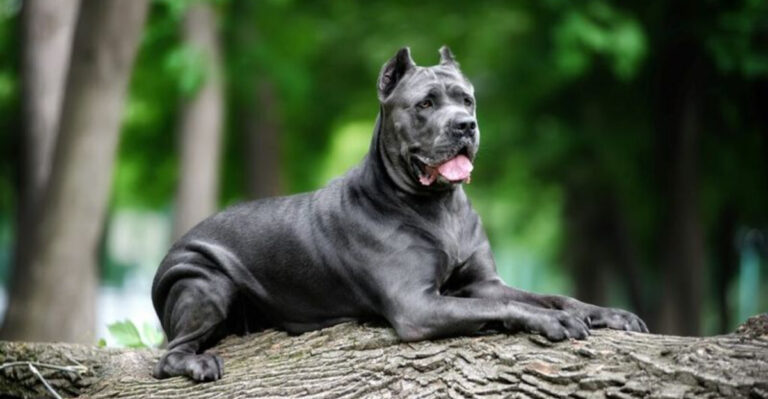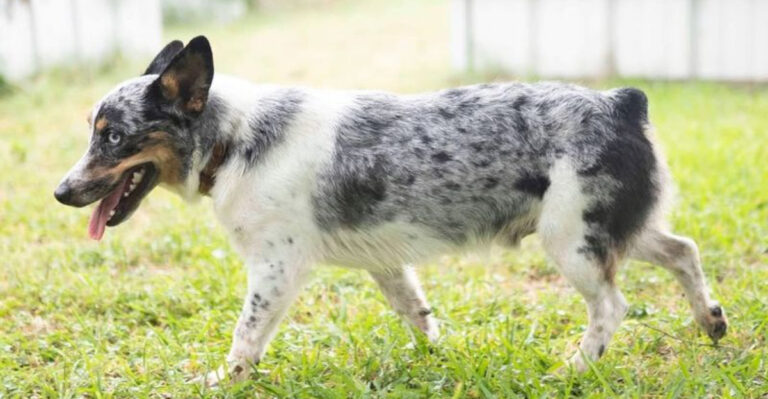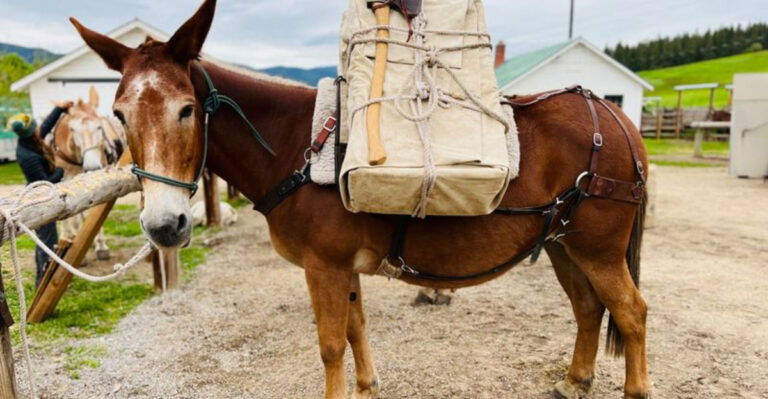15 Amazing Facts About The Sihek Laying Eggs After 40 Years
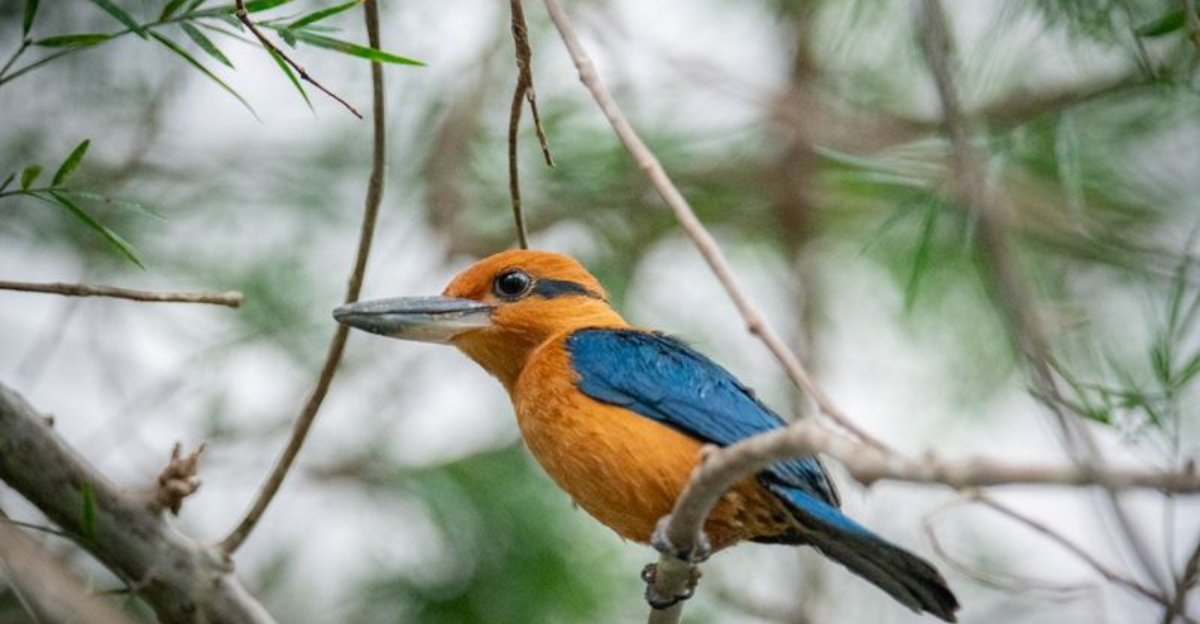
Nature sometimes gives us unexpected second chances. After disappearing from the wild in the 1980s, the Sihek (Guam kingfisher) has finally laid eggs in captivity after a 40-year gap.
This vibrant blue and rusty-orange bird’s journey back from the brink offers hope for endangered species everywhere and reminds us that conservation efforts, though challenging, can lead to remarkable breakthroughs.
1. Back From The Brink
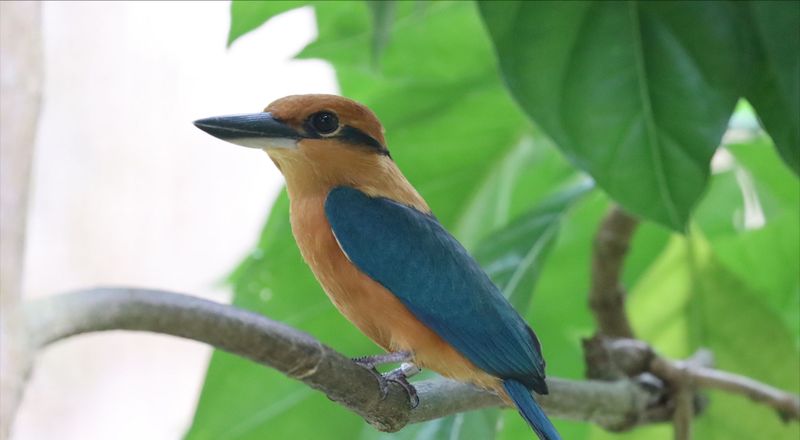
Just 29 Sihek birds remained when they were rescued from Guam in the 1980s. The entire species has been living in zoos and breeding facilities ever since, with conservationists working tirelessly to increase their numbers.
After four decades of careful breeding programs, this recent egg-laying represents a pivotal moment in the species’ fight against extinction.
2. Snakes That Changed An Island
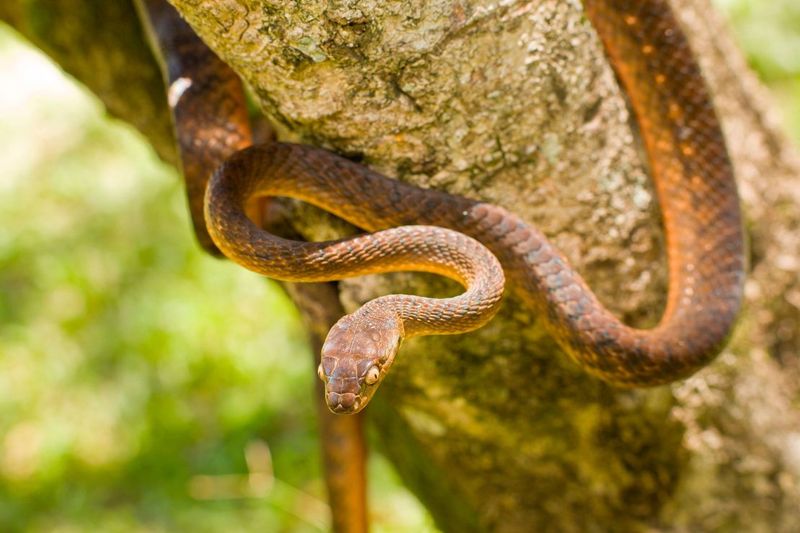
Brown tree snakes accidentally introduced to Guam after World War II decimated the Sihek population. Having evolved without snake predators, these birds had no natural defenses against the invasive reptiles.
The snakes multiplied rapidly, climbing trees to raid nests and eventually wiping out nearly all native forest birds on the island.
3. Colorful Island Treasures
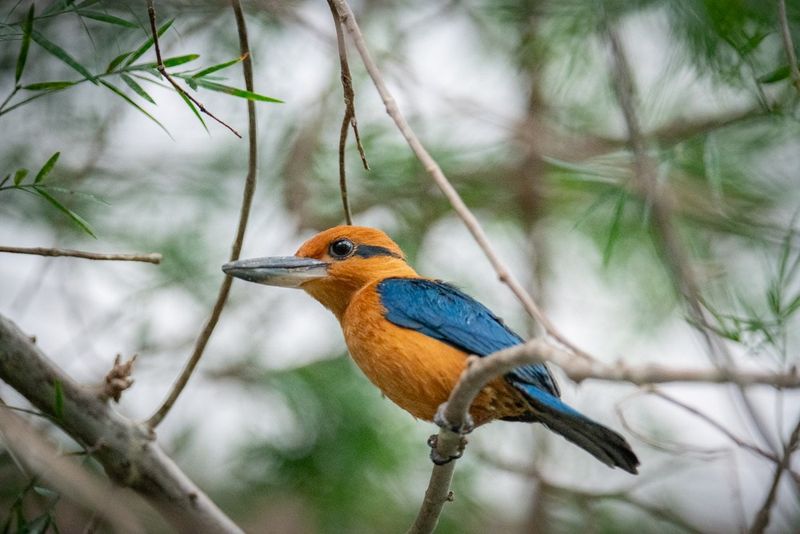
Sporting brilliant blue backs and wings with rusty-orange heads and underparts, Siheks are visual stunners. Their striking appearance earned them the nickname “little jewels of the forest” among Guam’s locals.
Males and females look almost identical, though females tend to have slightly deeper orange coloration on their bellies.
4. Hollow Tree Homebodies
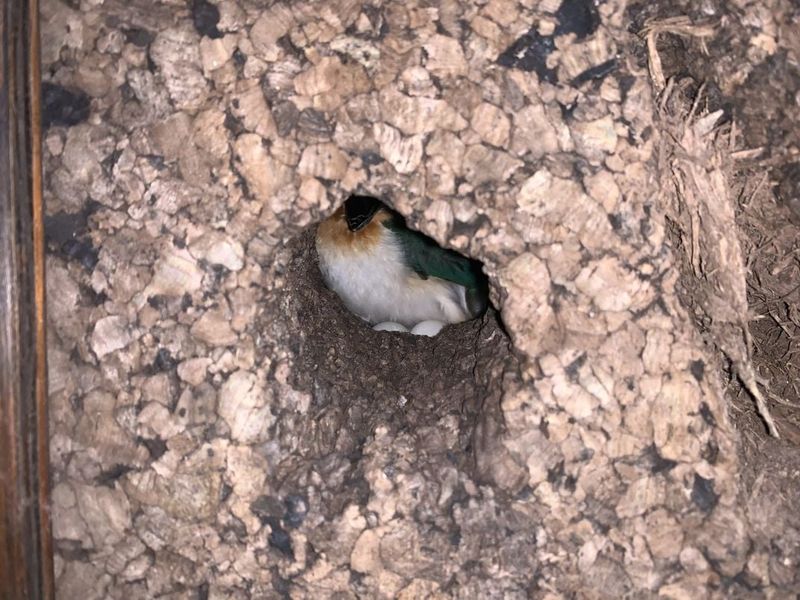
Unlike many birds that build intricate nests, Siheks make their homes in tree cavities. They’re particularly fond of hollow limbs in native breadfruit and fig trees.
Before the snake invasion, these cavity-nesters would fiercely defend their woodland homes, using their strong bills to excavate or modify existing holes into perfect nesting chambers.
5. Cultural Icons Of Guam
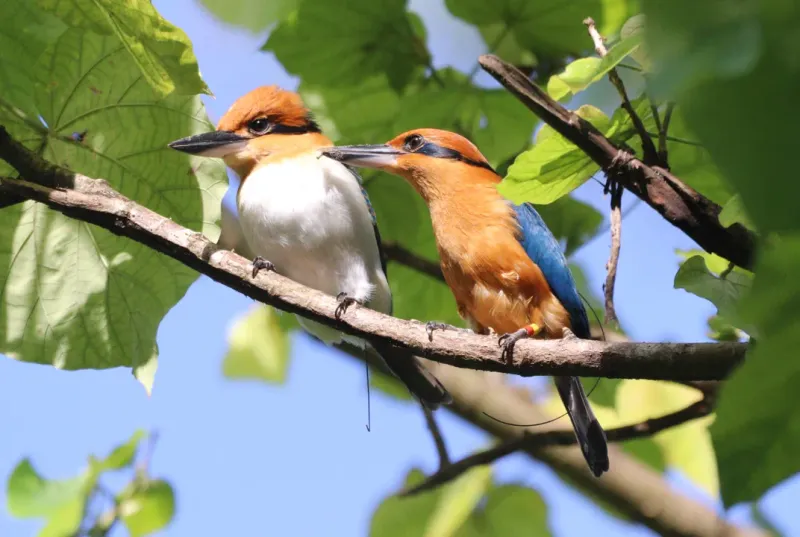
For the Chamorro people of Guam, the Sihek represents an important cultural symbol. Traditional stories feature these birds as messengers between worlds or as symbols of good fortune.
Many elders still remember the days when Siheks’ distinctive calls echoed through forests across the island, creating a soundscape now lost to younger generations.
6. The 40-Year Egg Drought
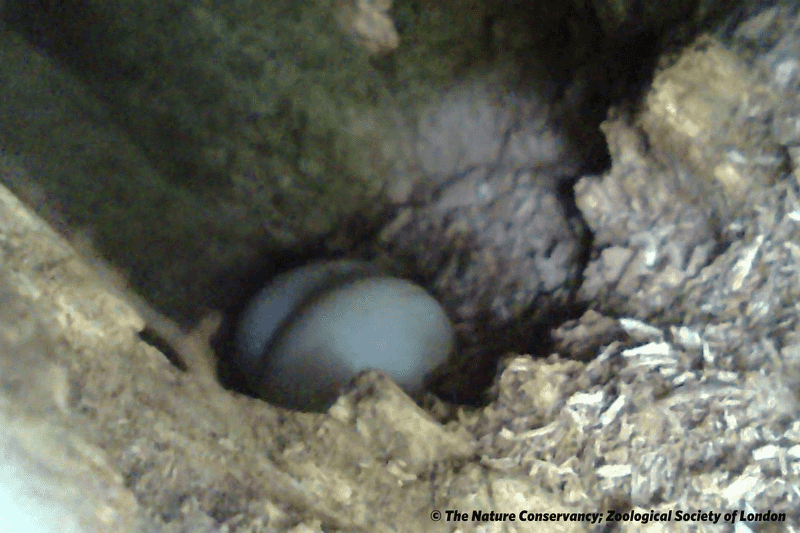
Breeding Siheks in captivity proved unexpectedly challenging. Despite successful mating, many females struggled to produce viable eggs due to stress, improper nutrition, or genetic factors.
Researchers spent decades adjusting environments, diets, and social groupings before finally achieving the breakthrough. The recent successful egg-laying marks the end of a frustrating 40-year reproductive puzzle.
7. Fish-Free Fishers
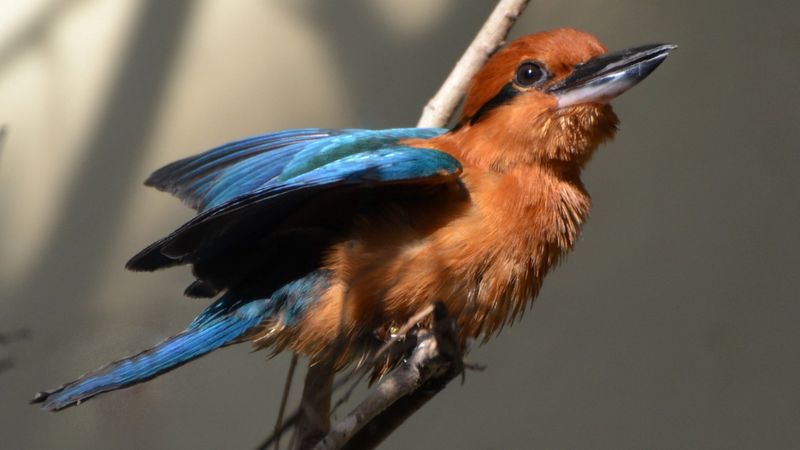
Despite being kingfishers, Siheks rarely eat fish! These unusual hunters prefer lizards, insects, and small mammals found in forest habitats.
Their hunting style involves perching motionless on branches, watching intently for movement below, then diving down to snatch prey with their powerful bills. This specialized feeding behavior made them vulnerable when their forest habitat was disrupted.
8. The Genetic Bottleneck Challenge
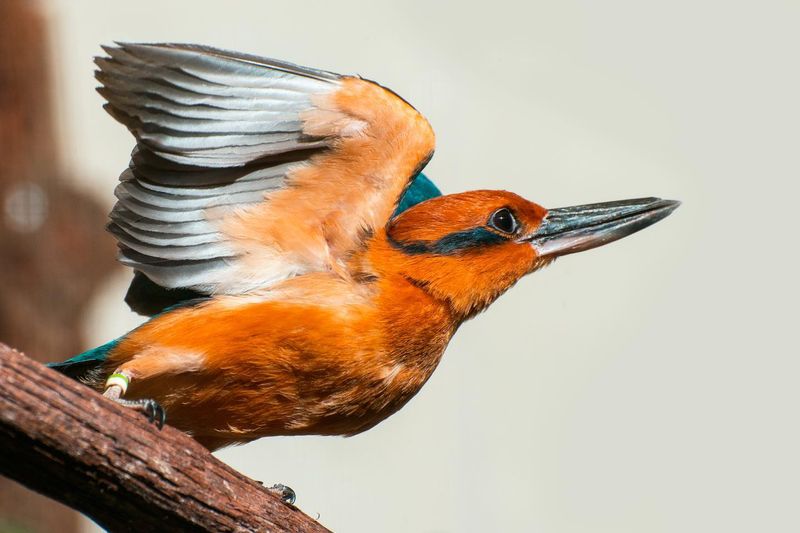
Starting a breeding program with just 29 birds created serious genetic challenges. Limited genetic diversity increases vulnerability to diseases and reproductive problems.
Conservation geneticists carefully manage Sihek pairings using sophisticated software to track relationships between birds. Every breeding decision aims to maximize genetic diversity within this critically endangered population.
9. Return To The Wild Dreams
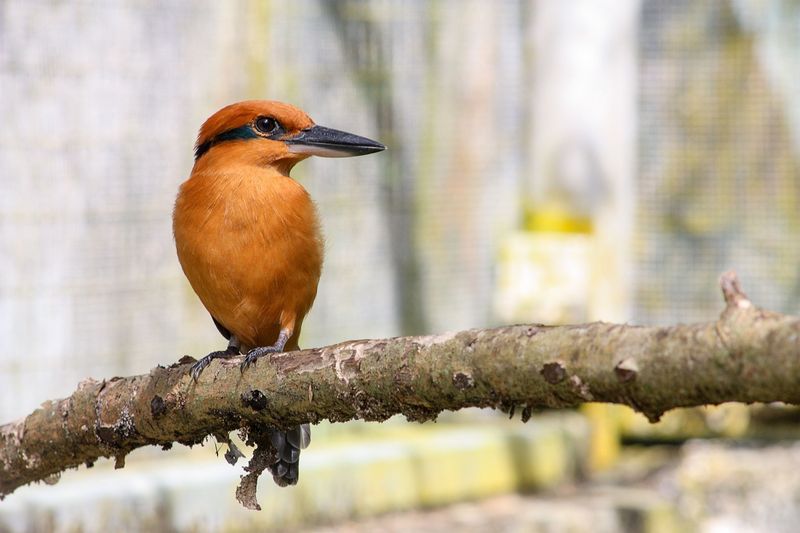
The ultimate goal for Sihek conservation isn’t just captive breeding success – it’s reintroduction to the wild. Conservationists have identified snake-free islands near Guam as potential release sites.
Cocos Island and Rota are leading candidates for reintroduction efforts. These locations offer similar habitats without the devastating brown tree snake population that caused their original extinction.
10. Solo Parenting Stars
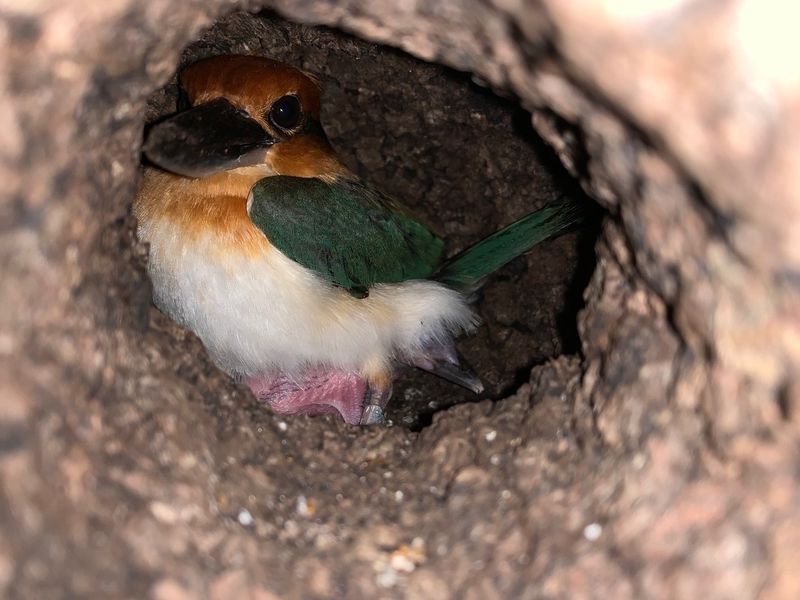
Female Siheks don’t need much help raising families! While males may assist with nest preparation, females typically handle most incubation duties alone.
This independent parenting style is unusual among kingfishers. Researchers believe this adaptation evolved because Guam’s consistent tropical climate and abundant food resources made single-parent care viable for the species.
11. Territorial Tiny Terrors
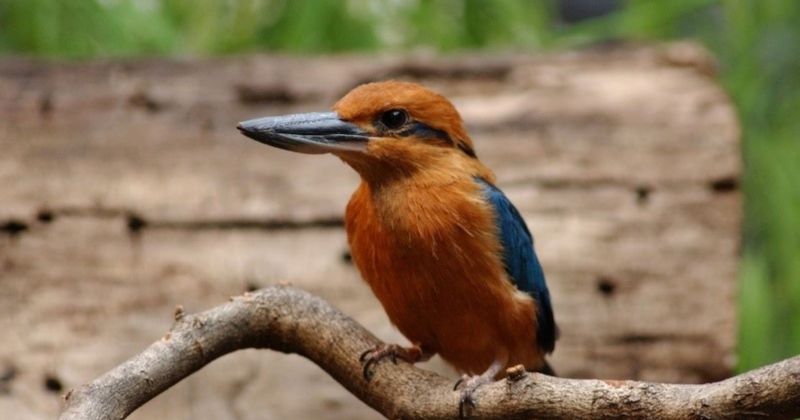
Don’t let their small size fool you – Siheks fiercely defend their territories! These 8-inch birds will fearlessly chase away much larger intruders that venture too close to their nesting areas.
Their territorial calls – sharp, repeated chattering sounds – serve as warning signals to potential competitors. In captivity, breeding facilities must carefully separate pairs to prevent aggressive confrontations.
12. Specialized Diets For Success
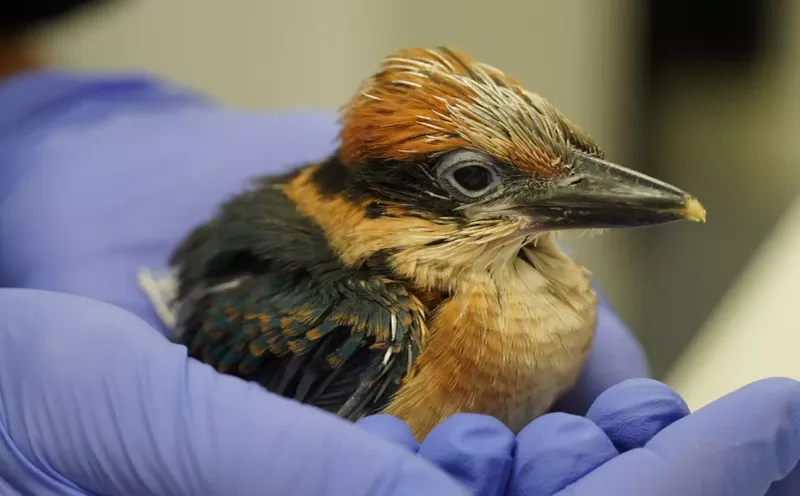
Breakthrough in Sihek egg production came partly from diet adjustments. Researchers discovered these birds need specific nutrient balances, including higher levels of certain vitamins and minerals than other kingfisher species.
Current captive diets include gut-loaded insects (insects fed nutrient-rich foods), specialized bird formulas, and occasional supplements to ensure optimal reproductive health.
13. The Name’s Comeback Story
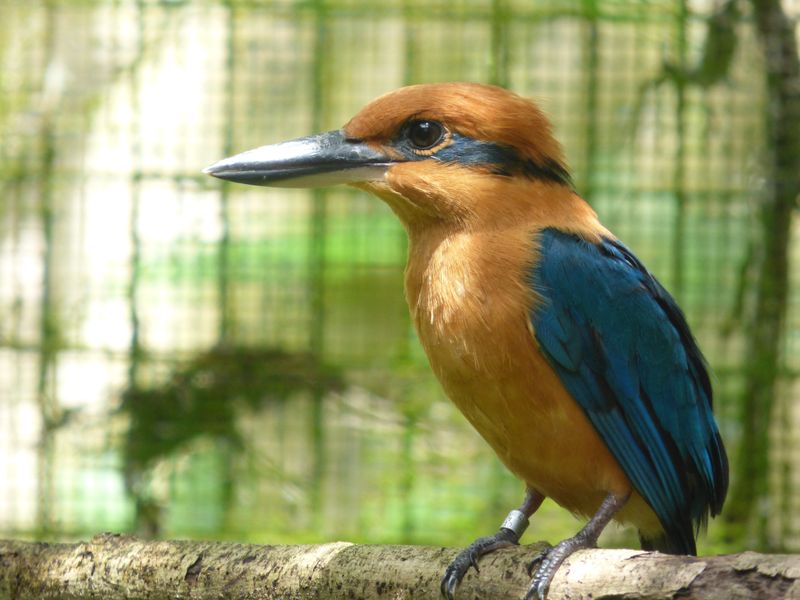
Originally known scientifically as Halcyon cinnamomina, the bird was recently reclassified as Todiramphus cinnamominus. But the most significant name change was returning to its indigenous name: Sihek.
Conservation groups now primarily use this traditional Chamorro name rather than “Guam kingfisher,” acknowledging the bird’s cultural importance and supporting indigenous naming rights in conservation.
14. Technological Nest Innovations
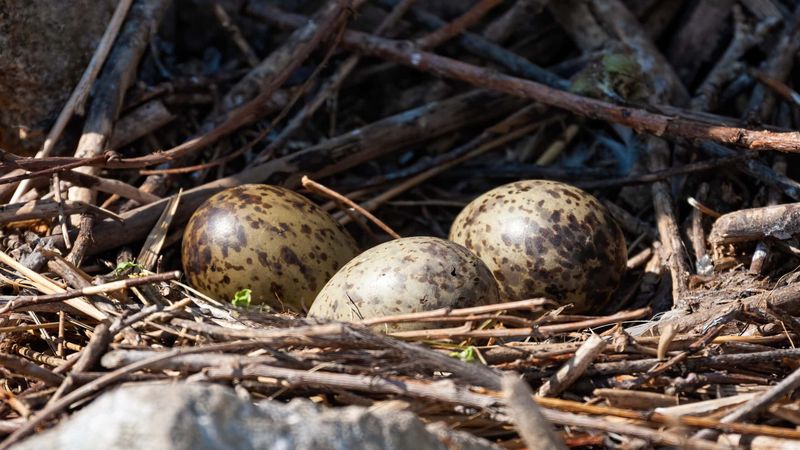
Modern technology plays a crucial role in recent breeding successes. Special “smart nests” equipped with tiny cameras and environmental sensors monitor conditions without disturbing the birds.
These high-tech nesting boxes maintain optimal temperature and humidity while allowing researchers to observe behaviors previously hidden inside tree cavities. The data collected helps continually refine breeding protocols.
15. Hope For Other Extinctions
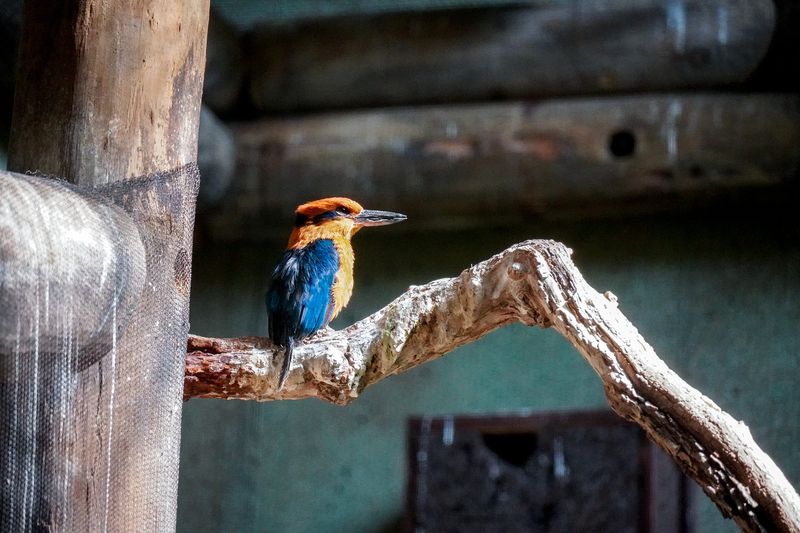
The Sihek’s egg-laying breakthrough offers hope for other extinct-in-the-wild species. Conservation teams working with critically endangered birds like the Spix’s macaw are studying the Sihek program’s methods.
Success with the Sihek demonstrates that even after decades of challenges, persistent conservation efforts can achieve breakthroughs once thought impossible. Each new egg represents hope for biodiversity worldwide.

